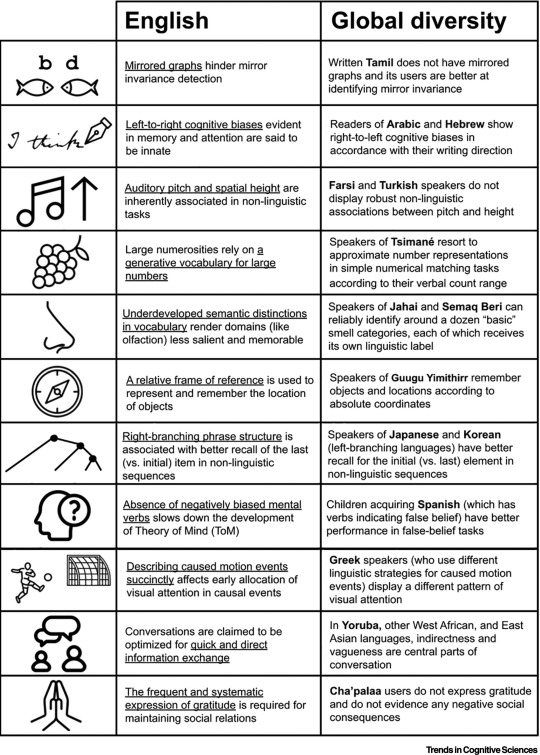Photo
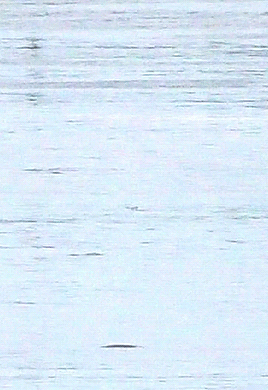
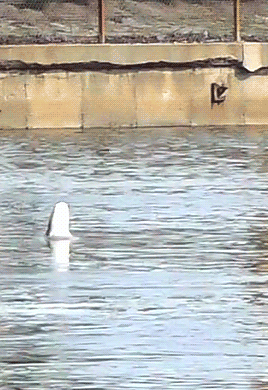
A spinner shark shows off its signature feeding strategy
215K notes
·
View notes
Text
Dudes healthcare is so fake. My ADHD meds are $940 without insurance. But they gave me a website of "coupons" which straight up looks like a scam website, and I got it today for $60! Just a coupon from a random website and it was $900 cheaper. America, I am confusion!! America explain!!
137K notes
·
View notes
Text
Dudes healthcare is so fake. My ADHD meds are $940 without insurance. But they gave me a website of "coupons" which straight up looks like a scam website, and I got it today for $60! Just a coupon from a random website and it was $900 cheaper. America, I am confusion!! America explain!!
137K notes
·
View notes
Text
The body shape of a fish can tell you a lot about it! It can tell you where they like to hang out, how they hunt, what they eat, and more!
Let's use the Asian Arowana (Scleropages formosus) as an example!

Based off the rounded caudal fin (the "tail"), this fish is not a very fast swimmer
Having the dorsal fin and anal fin right near the end of the fish's body suggests it is an ambush predator
The flat head suggests it hunts at the surface
The upturned, large mouth suggests it catches its prey from below
Arowana are ambush predators that hunt at the surface!
They don't need to go very far very fast, hence the rounded caudal fin (which is the slowest moving fin)
Having posterior dorsal and anal fins are a common trait amongst ambush predator
They primarily hunt at the surface! They will sit near the surface and grab small fish, bugs, crustaceans, and even occasionally a bird!
4. Fish that catch their prey from below sometimes do it via suction. They'll open their large mouth, and as the water gets sucked in, so does anything in the water. And the larger the mouth, more water will more quickly fill into the mouth, catching larger and faster prey
6K notes
·
View notes
Text

The shape of a fish's caudal tail can tell you a lot about how fast the fish moves! A rounded tail is the slowest and a lunate tail is the fastest! The lunate tail has the most optimal ratio of high thrust and low draw, making it the fastest.
Ichthyology Notes 2/?
48K notes
·
View notes
Text


The World of Ryuu Noguchi (1985)
featuring monsters from Space Sheriff Shaider and Henshin Ninja Arashi (among others)
248 notes
·
View notes
Text
25K notes
·
View notes
Text
⚠️ URGENT ⚠️
My Account Was Verified & Listed as 99


Direct Donation Link⬇️
Please Publish our story. I live with my mother, father, 5 brothers & sisters, my husband & 2 young children.
We are from Gaza, Palestine. We have been living a Hard WAR since October 2023, more than a year. We have been displaced from our home more than 7 times.

Our home was destroyed by airstrikes.


We now live in a tent & can barely afford food & water.

Please Donate to us to buy our daily needs of foods & clean water & to travel from gaza & complete my education Because You Are Our Savior & Hope After GOD ❤️

Thanks Alot 🌹
Please Donate 🥹
3K notes
·
View notes
Text

John Martin (1789-1854) "Sadak in Search of the Waters of Oblivion" (1812) Oil on canvas Romanticism Located in the Saint Louis Art Museum, St Louis, Missouri, United states The painting depicts Sadak, a fictional character in a story in James Ridley's The Tales of the Genii; it is a faux-Oriental tale allegedly from a Persian manuscript, but actually the work of Ridley himself. In Ridley's story, the hero Sadak is sent by his Sultan, Amurath, to find the memory-destroying "waters of oblivion." The Sultan maliciously intends to use the waters on Sadak's wife Kalasrade in a seduction attempt. Sadak endures a range of trials — a tempest at sea, a plague, evil genii, a subterranean whirlpool — before he attains his goal. In the end, the Sultan himself falls victim to the water's effect. Amurath dies; Sadak becomes Sultan. Martin's picture portrays Sadak at the climax of his struggle, just before he reaches the waters of oblivion.
190 notes
·
View notes
Text
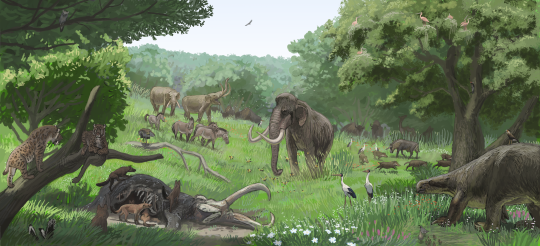
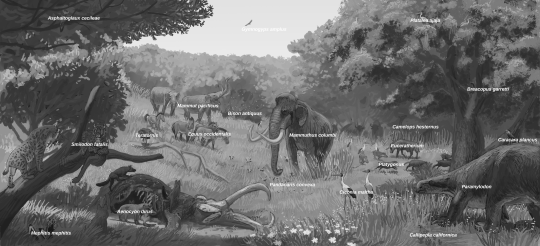
And here it is, the La Brea piece! All three groups of animals I'm not confident with (horses, cats, dogs), in one place! But I think it turned out all right in the end.
After some last touch ups I also added 2 more birds and flowers in the foreground. Big thank you to the devs of the game Ecos: La Brea, of which many joined to give feedback and to talk about their game that will let you play as an animal in and around the tar pits.
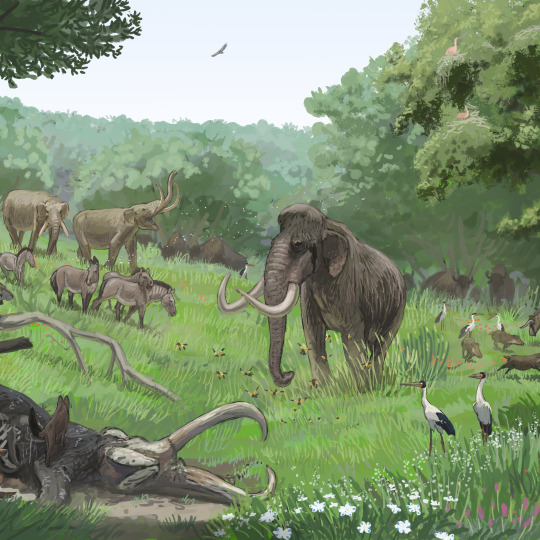
Speaking of the tar pits: I avoided them here very much on purpose. With the exception of the petroleum fly these animals did not LIVE in the tar pits and Pleistocene California wasn't always as dry as it is today or as it is often time portrayed. Especially after extensive rain, the hills and plains must have been full of herbs and flowers, attracting all sorts of megafauna. Check out the Ecos website if you want to learn more about these animals and the ecosystems they lived in.
568 notes
·
View notes



